

A Penny For Your Thoughts And More
|
A store where you can buy everything for the same price of 100-yen. That is the iconic branding of 100-yen shops. From snacks and sundries to cleaning supplies and electronics, you can find a wide range of daily essentials for sale. The most well-known chain is Daiso, with Seria, CanDo and Watts following behind. To illustrate the wide variety of products, you may be surprised to know that Daiso’s larger outlets may carry as many as 1,500 types of cosmetics. So how did the concept of 100-yen stores come about?
It is believed to have originated more than 300 years ago during the Edo period, in the form of “Ju-ku Mon Mise” (19-Mon stores). Mon was the unit of currency used in Japan back then. As suggested by the name, the store sold different products at the same price of 19 Mon. At that time, the shogun implemented policies which strictly demanded the common people to be more frugal. This resulted in economy slowing down, and a lack of product sales. As a result, “Ju-ku Mon Mise” emerged and became popular for its affordable prices. Other stores with the same concept also appeared, such as “Shi Mon Ya” (4-Mon stores) and “San-Ju-Hachi Mon Mise” (38-Mon stores). Years later, the first 100-yen shop was established in 1985 in Aichi Prefecture. As mentioned, the competitive advantage of 100-yen shops is the wide selection of products at affordable prices. On top of that, there is a guarantee of quality. The strategy behind this is to make wholesale prices work in inverse proportion to quantity. In other words, instead of sourcing for a cheaper alternative, they order a larger number of products with a high cost price and sell them in bigger quantities in order to gain a profit. Therefore, these shops can continue to sell at 100 yen, even when the product may be sold at higher prices elsewhere. Other methods of achieving lower costs may include boosting production efficiency, or offering different selections of products in each store based on sales data. In Japan, there are seasonal activities and events, and this seasonality is applied to the products too. You can find cherry blossom-themed items for spring, or chocolate-making containers for Valentine’s Day and White Day. 100-yen stores also often have a decent range of DIY (Do-It-Yourself) products. Japanese rental houses are likely to have strict rules when it comes to modifying the interior, such as the use of nails or painting the walls. Instead, one can find suitable alternatives in 100-yen stores, in the form of tension rods or contact paper. Recently, 100-yen shops also started to offer products that cost more, rounding it to 300 or 500 yen. Likewise, it is surprisingly affordable despite the high level of quality. For example, VR (virtual reality) goggles or mobile batteries can be sold at 500 yen. In addition, they have also expanded overseas, and introduced online shopping. 100-yen shops might have developed other strategies to keep up with the competition, but their core branding remains the same. It is expected that they will continue to surprise visitors with new and valuable products. |
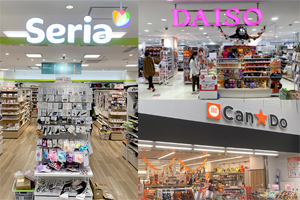 © Web Japan 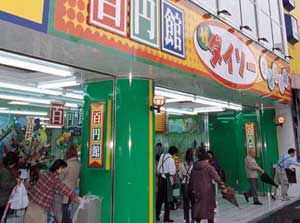 © Yamada Sanzo 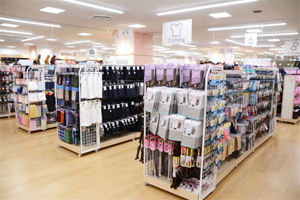 © Web Japan 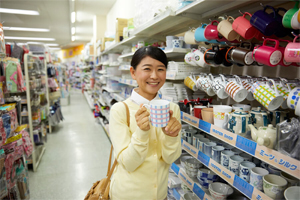 © Web Japan 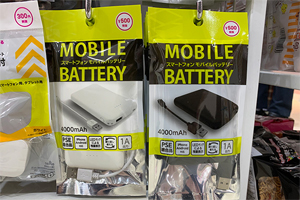 © Web Japan |
Resources
|
“You Would Be Surprised by What You Can Buy for 100 Yen! The History and Evolution of 100-Yen Shops”. 2020. Web Japan. Accessed 21 May. https://web-japan.org/trends/11_culture/pop202011_100-yen-shops.html. Rahman, Md Arifur. 2019. “Japanese 100-Yen Retail Chain in the Development of the Retail Industry”. The Ritsumeikan Economic Review. http://ritsumeikeizai.koj.jp/koj_pdfs/68403.pdf. Matsuoka, Satoshi. 2001. “100-Yen Shops Are the Rage All Over Japan”. NIPPONIA. https://web-japan.org/nipponia/nipponia17/en/trend/index.html. “Who Needs Tokyo?”. 2000. Web Japan. Accessed 21 May. https://web-japan.org/trends00/honbun/tj001109.html. |
|
Japan Creative Centre 4 Nassim Road, Singapore 258372 +65 6737 0434 / jcc@sn.mofa.go.jp https://www.sg.emb-japan.go.jp/JCC/ Nearest parking at Orchard Hotel & Delphi Orchard |
 |